Welcome to the world of Muay Thai, also known as the “Art of Eight Limbs.” This guide will cover the key Muay Thai rules, techniques, and traditions that make it a unique combat sport. We’ll look at the scoring system, equipment, and ceremonies that are part of its rich history and modern practice.
Muay Thai is more than a sport; it’s a tradition that shows the strength and spirit of the Thai people. This guide will help you understand the Muay Thai weight classes, stances, and training methods. We’ll also talk about the exciting Muay Thai competitions and events that highlight its global popularity. Plus, we’ll look at the bright future of this dynamic martial art.
If you’re into Muay Thai or just getting started, this guide will take you on an exciting journey. Get ready to dive into the history, techniques, and traditions that make Muay Thai a top martial art worldwide.
Read more interesting information at ::blackcerenity
What is Muay Thai?
Muay Thai, also known as Thai Boxing, is a dynamic martial art from Thailand. It has been around for centuries. It’s now a key part of Thai culture and a source of pride.
Its history and traditions are fascinating for those who love martial arts and culture.
Origins and History of Muay Thai
Muay Thai started in the 16th century as a way for Thai soldiers and civilians to defend themselves. In battles, fighters used their fists, elbows, knees, and shins. This made them effective in combat.
Over time, Muay Thai got better and was passed down through families. It became a big part of Thai culture.
Muay Thai’s Place in Thai Culture
- Muay Thai is deeply rooted in Thai culture, with strong ties to religious and spiritual practices.
- The pre-fight rituals, such as the Wai Kru and Ram Muay, are integral to the sport and reflect the respect and discipline inherent in Muay Thai.
- Muay Thai competitions are a source of national pride in Thailand, with top fighters becoming national heroes and role models for the younger generation.
Now, Muay Thai is a respected martial art and a popular sport worldwide. Its muay thai history and muay thai traditions still draw in fans and inspire new fighters to take up the “Art of Eight Limbs.”
The Fundamentals of Muay Thai Rules
Muay Thai, also known as the “Art of Eight Limbs,” has strict rules to keep fights safe and fair. It’s crucial for fighters and fans to know these rules well. They make sure the sport is both exciting and safe.
At the heart of Muay Thai are the allowed moves and targets. Fighters can use punches, kicks, knees, and elbow strikes. These moves can hit the head, body, and legs, but not the groin.
- Punches: Straight punches, hooks, and uppercuts are legal moves.
- Kicks: Roundhouse kicks, front kicks, side kicks, and spinning kicks are common.
- Knees: Knee strikes, from the clinch or open, are key to Muay Thai.
- Elbows: Elbow strikes, like horizontal and vertical ones, are vital.
Muay Thai also has rules for clinching and grappling. Fighters can grab their opponent’s head or neck. They can do various moves from the clinch, like knee strikes and throws.
| Allowed Techniques | Prohibited Techniques |
|---|---|
|
|
Following these muay thai rules and muay thai techniques helps fighters compete safely and fairly. It makes the sport thrilling and keeps everyone’s safety in mind.
The Ring and Equipment
Muay Thai, also known as the “Art of Eight Limbs,” takes place in a unique ring. This setup is designed to highlight the sport’s dynamic moves and strong strikes. Every detail of the Muay Thai arena is important for the exciting events that happen.
Muay Thai Ring Specifications
The standard Muay Thai ring is a square, measuring 6.10 meters (20 feet) on each side. It’s raised a bit off the ground, standing at 0.80 meters (2.6 feet) high. This gives everyone a good view. The ropes are four in number, each 5 centimeters (2 inches) thick, covered with soft padding to protect the fighters.
Essential Muay Thai Equipment
Muay Thai athletes need special gear for safety and performance. The key items include:
- Gloves: Fighters wear 8-10 ounce gloves for hand protection and to allow strong strikes.
- Wraps: Hand wraps, made of cotton or elastic, support the wrists and add extra protection under the gloves.
- Mouthguard: A good mouthguard is key to protecting the fighter’s teeth and jaw during intense fights.
- Shin Guards: Shin guards shield the lower legs from the powerful kicks and knee strikes of Muay Thai.
- Groin Guard: A groin guard protects the fighter’s most sensitive area during clinches and grappling.
Using the right muay thai equipment is crucial for the safety and success of Muay Thai athletes in muay thai competitions.
Muay Thai Techniques and Strikes
Muay Thai is a martial art known for its dynamic strikes and techniques. It uses all eight limbs to fight, making it a complete fighting style. Let’s explore the various Muay Thai techniques that have won fans globally.
Punches, Kicks, and Elbow Strikes
Muay Thai starts with hand strikes. Fighters use straight punches, hooks, and uppercuts to hit fast and hard. Kicks like roundhouse and push kicks target the legs, midsection, and head.
Elbow strikes are a key part of Muay Thai. These close-range blows can break an opponent’s defense and open up new attacks.
Knee Strikes and Clinch Work
Knee strikes are a powerful part of Muay Thai. They can hit the thighs, body, and head hard. The clinch lets fighters control the distance and set up these strikes.
The clinch is a key part of Muay Thai. It lets fighters use strength and technique to dominate. Through the clinch, fighters can do sweeps, trips, and throws, adding to their tactics.
| Muay Thai Technique | Description | Key Attributes |
|---|---|---|
| Straight Punches | Powerful thrusting punches targeting the opponent’s head or body | Speed, Penetration, Structural Integrity |
| Roundhouse Kicks | Circular kicks targeting the legs, midsection, or head | Power, Momentum, Versatility |
| Elbow Strikes | Short, sharp strikes delivered from various angles | Precision, Impact, Efficiency |
| Knee Strikes | Devastating strikes targeting the body and head from the clinch | Destructive Force, Leverage, Controlled Distance |
| Clinch Work | Controlling the opponent through close-range grappling and trapping techniques | Control, Leverage, Tactical Positioning |
This section highlights Muay Thai’s wide range of techniques. From quick punches and kicks to hard elbows and knees, Muay Thai fighters are unmatched. Their skills in muay thai techniques and muay thai training have won fans worldwide.
Muay Thai Rules
Muay Thai, a famous martial art from Thailand, follows strict rules for fair and safe fights. These muay thai rules protect the fighters and keep the sport’s integrity and tradition alive.
The “eight limbs” – hands, elbows, knees, and shins – are key in Muay Thai. Fighters can use these to hit hard, but some moves are banned. Illegal moves in Muay Thai include:
- Biting
- Head-butting
- Grabbing the opponent’s neck with both hands
- Striking the groin area
- Intentionally attacking the eyes
Most Muay Thai fights last 3-5 rounds, with each round 3 minutes long. There’s a one-minute break between rounds for fighters to rest and get advice from their corners.
The referee is key in following the muay thai rules. They keep the fight under control, check for safety, and can stop fights if there’s a rule break.
“Muay Thai is not just a sport; it’s a way of life, a manifestation of the Thai spirit and culture.”
Following these muay thai rules makes the sport exciting worldwide. It mixes art, strategy, and great athleticism.
Scoring and Judging Criteria
In the world of Muay Thai, scoring and judging are key to deciding who wins. This system looks at a fighter’s performance in many areas. It makes sure the fight is judged fairly and objectively.
Muay Thai’s Scoring System
Muay Thai fights use a points system to score. Judges look at a fighter’s strikes, ring control, and aggression. They give points to the fighter who does better in each round.
The main things judges look at in muay thai scoring are:
- Effective striking: The power, accuracy, and impact of punches, kicks, knees, and elbow strikes.
- Ring control: The ability to set the match’s pace and position.
- Aggression: The fighter’s readiness to take risks and go after their opponent.
- Defensive technique: How well a fighter avoids and blocks attacks.
After each round, judges add up their scores. The fighter with more points wins that round. The match’s winner is the fighter who wins the most rounds.
The muay thai competitions scoring system values skill, strategy, and dominating the opponent. It rewards fighters who are skilled, strategic, and determined.
Weight Classes and Divisions
In the world of Muay Thai, competitions have specific weight classes and divisions. These are set up to make sure fights are fair and safe. They help athletes of similar size compete against each other.
Muay Thai has weight classes for all body types, from the smallest to the largest. These divisions keep the sport fair and prevent unfair fights or injuries.
| Weight Class | Weight Range |
|---|---|
| Strawweight | 105 lbs (47.6 kg) and below |
| Flyweight | 112 lbs (50.8 kg) and below |
| Bantamweight | 118 lbs (53.5 kg) and below |
| Featherweight | 126 lbs (57.2 kg) and below |
| Lightweight | 135 lbs (61.2 kg) and below |
| Welterweight | 147 lbs (66.7 kg) and below |
| Middleweight | 160 lbs (72.6 kg) and below |
| Light Heavyweight | 175 lbs (79.4 kg) and below |
| Heavyweight | Over 175 lbs (79.4 kg) |
These weight classes and divisions are key to Muay Thai competitions. They ensure fighters face fair opponents. This way, the sport focuses on skill, strategy, and the true spirit of Muay Thai.
Muay Thai Stances and Footwork
In the dynamic art of muay thai, having the right stance and footwork is key. It helps fighters generate power, stay balanced, and move well. Practitioners need to learn various stances and footwork to do well in the ring.
Fundamental Muay Thai Stances
The stance is the base of muay thai. It’s where all techniques and movements start. The main muay thai stances are:
- Squared stance: A balanced stance with feet shoulder-width apart, used for defense and close-range fighting.
- Southpaw stance: The lead foot is opposite the dominant hand, perfect for straight punches and unique attacks.
- Orthodox stance: The usual stance, with the dominant hand and foot forward, great for many muay thai strikes.
- Bladed stance: A side-on stance that reduces the target area and helps with side movement and counterattacks.
Footwork and Movement Patterns
Muay thai footwork and movement patterns help fighters stay balanced, control distance, and set up powerful strikes. Key footwork techniques are:
- Shifting: Quickly switching the lead foot to change stance, allowing for sudden angle changes and attacks.
- Circling: Moving in a circle around the opponent, creating openings and avoiding attacks.
- Retreating: Stepping back to create space and reset, often used to disengage or bait the opponent.
- Pivoting: Rotating the lead foot to change the angle of attack or defense, enabling lateral movement and counter-striking.
Learning these muay thai stances and footwork is crucial for any practitioner aiming to excel in the eight limbs art.
Conditioning and Training Regimens
To do well in Muay Thai, you need a tough muay thai training plan. It should focus on getting fit and learning new skills. This way, you’ll get strong, fast, and able to last long in fights.
A good muay thai training plan has a mix of exercises and drills. These include:
- Running, jump rope, and high-intensity workouts to build your stamina
- Exercises that make your muscles strong, like squats and lunges
- Jumping exercises to boost your power and quickness
- Drills to improve your Muay Thai moves, like striking and defending
It’s also key to eat right and rest well. Muay Thai training is hard on your body. So, eating foods full of protein, carbs, and healthy fats is important. It helps you perform better and recover faster.
| Training Component | Purpose | Example Exercises |
|---|---|---|
| Cardiovascular Training | Build endurance and stamina | Running, jumping rope, HIIT workouts |
| Strength Training | Build muscular strength and power | Squats, lunges, core exercises |
| Technical Drills | Refine Muay Thai techniques | Striking combinations, clinch work, defensive maneuvers |
| Recovery and Nutrition | Support muscle growth and repair | Balanced diet, hydration, rest, and sleep |
With a full muay thai training plan, you can get better at Muay Thai. You’ll improve your body, skills, and mind. This makes you a top performer in this exciting martial art.
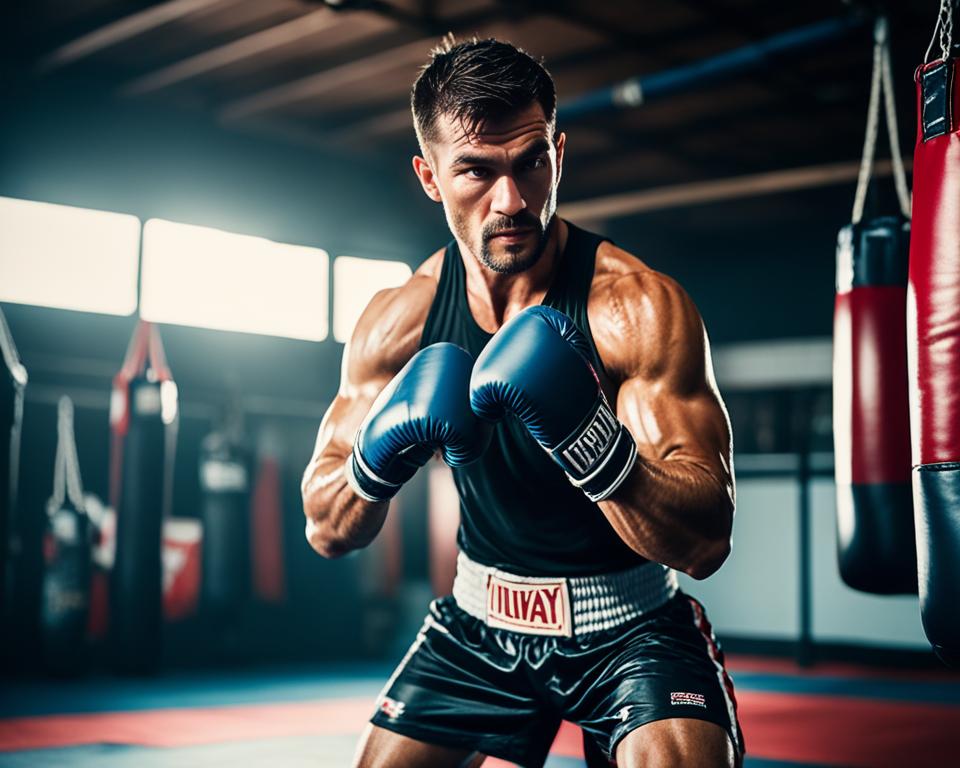
“Muay Thai is not just a sport; it’s a way of life. The dedication and discipline required to master its techniques are unparalleled.”
Muay Thai Traditions and Ceremonies
Muay Thai is more than just a martial art. It’s a deep cultural tradition filled with captivating ceremonies and rituals. At its core, we find two key traditions: the Wai Kru and the Ram Muay.
The Wai Kru and Ram Muay
The Wai Kru is a ritual done before a fight. It’s a way for Muay Thai fighters to show respect to their teachers, ancestors, and the art itself. This act, with its elegant movements, honors the history and heritage of muay thai traditions.
The Ram Muay is a dance-like routine that gets fighters ready for the fight. It also shows off their style and personality.
These traditions are key parts of Thai culture and very important to Muay Thai fighters. The Wai Kru and Ram Muay are more than just rituals. They show the sport’s spiritual and philosophical side, focusing on discipline, respect, and self-control.
“Muay Thai is not just about physical prowess, but a profound expression of the heart and soul.”
As Muay Thai becomes more popular worldwide, keeping these muay thai traditions alive is crucial. They connect us to the martial art’s rich history. They remind everyone of the cultural importance at the heart of Muay Thai.
Muay Thai Competitions and Events
Muay Thai, a martial art from Thailand, has a big competition scene. It draws fans and pros from all over the world. The sport highlights the best fighters and their amazing skills.
Major Muay Thai Promotions
The Lumpinee Boxing Stadium and the Channel 7 Stadium are top Muay Thai promotions. They have a long history and host intense muay thai competitions. These places bring together top fighters and huge crowds.
International Muay Thai Tournaments
There are also big international tournaments that are known worldwide. The World Muay Thai Championships, the Thai Boxing World Cup, and the IFMA World Championships are examples. They gather the best Muay Thai fighters to compete for top titles.
| Major Muay Thai Promotions | International Muay Thai Tournaments |
|---|---|
| Lumpinee Boxing Stadium | World Muay Thai Championships |
| Channel 7 Stadium | Thai Boxing World Cup |
| IFMA World Championships |
“Muay Thai competitions are not just about physical prowess; they are a testament to the discipline, dedication, and cultural heritage that defines this remarkable martial art.”
The Future of Muay Thai
The popularity of muay thai is soaring worldwide. This ancient Thai fighting style has moved beyond its roots. It now wins over fans globally with its skill, power, and discipline.
Muay Thai’s Growing Popularity
Several reasons explain why muay thai is getting more popular. Its explosive nature grabs the interest of those into fitness and combat sports. The mix of tough workouts and the excitement of fighting draws many to it.
Events and top athletes have made the sport more visible worldwide. This exposure has led to more people wanting to learn and compete in muay thai.
Opportunities for Advancement
- More muay thai training spots are opening, offering top-notch training for all levels.
- Organizations are recognizing the sport more, creating standard rules and competitions.
- There are now more jobs for muay thai experts, like fighters, coaches, and teachers.
- muay thai moves are being added to fitness and self-defense programs everywhere.
muay thai is winning over fans worldwide and bringing in new followers. Its future looks bright, full of chances for growth and sharing culture.

“The future of muay thai is one of boundless potential, as this ancient art continues to evolve and inspire people around the world.”
Conclusion
As we wrap up our look at Muay Thai, the “Art of Eight Limbs,” we’re left feeling inspired. This ancient martial art has a deep history and cultural importance. It has moved from ancient Siam’s battlefields to being loved worldwide.
We’ve looked into the Muay Thai rules and its detailed techniques. These show why Muay Thai is a standout in martial arts. The Muay Thai techniques we’ve seen highlight its power and skill. From fists to shins, and even footwork, it’s clear how effective this art is.
With Muay Thai’s growing fame, we’re excited for new developments. Whether you’re a pro or just getting started, Muay Thai’s charm will surely grab you. It leaves a lasting impact on those who explore it.
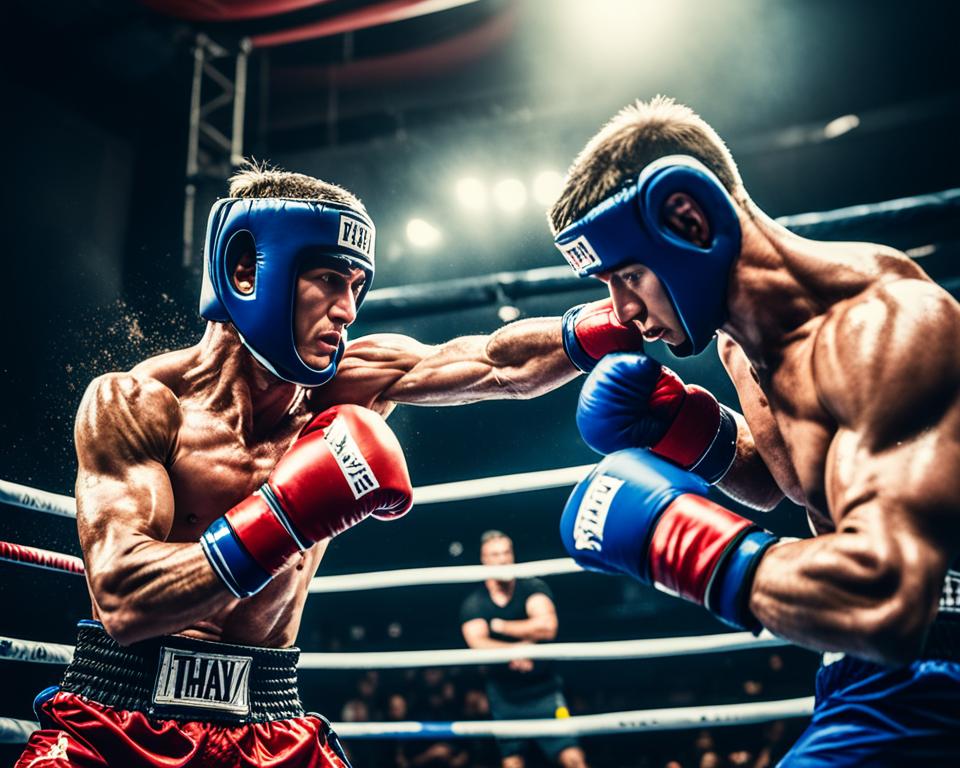



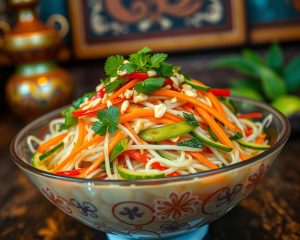




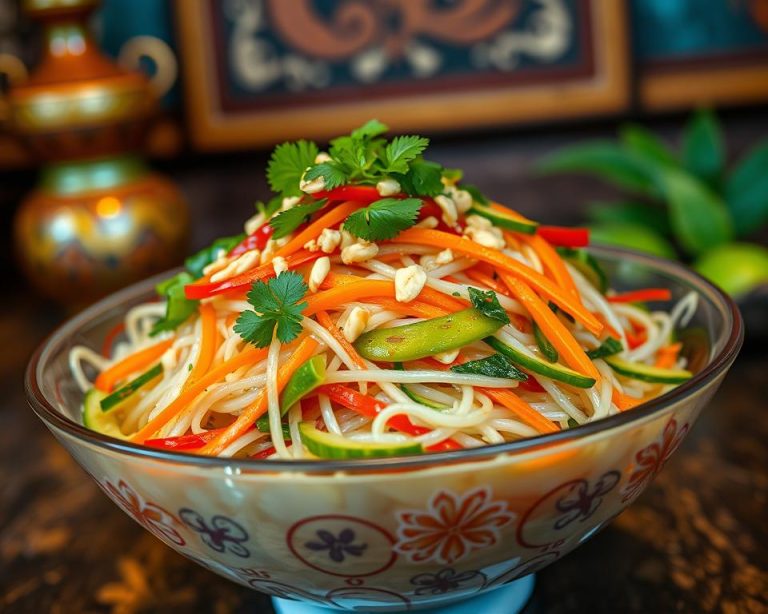
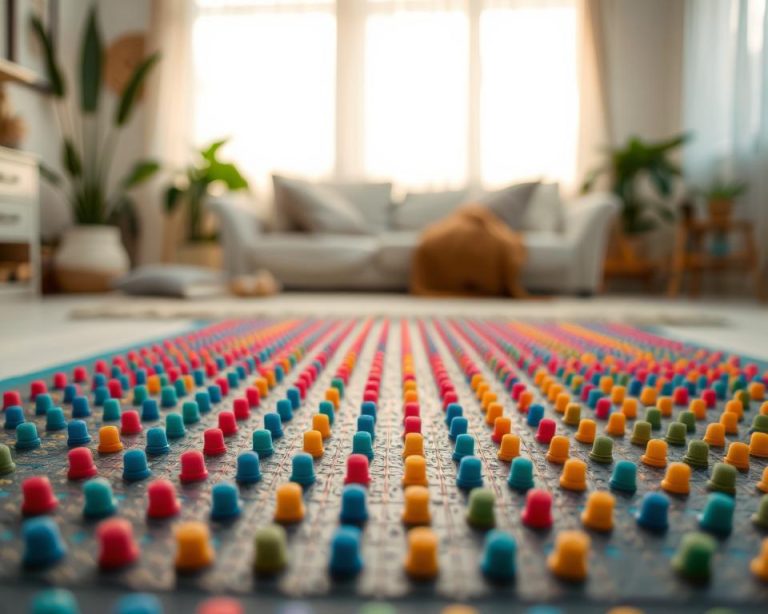
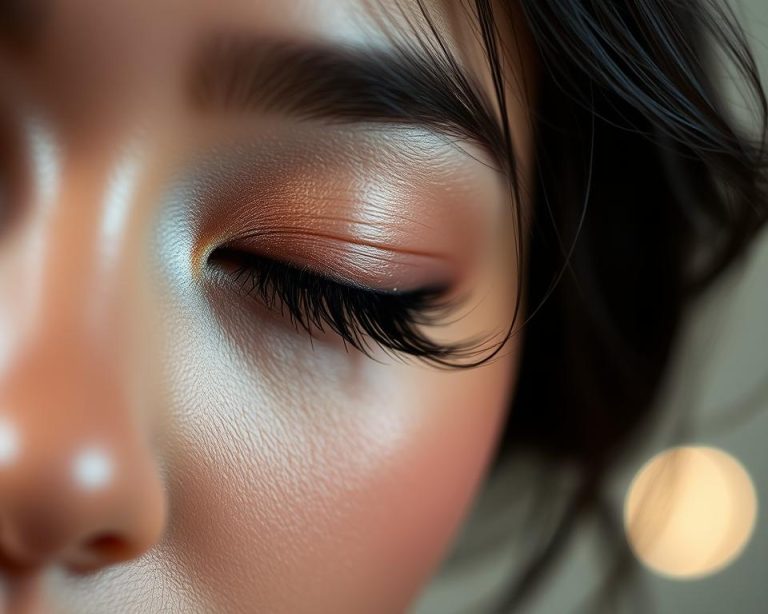

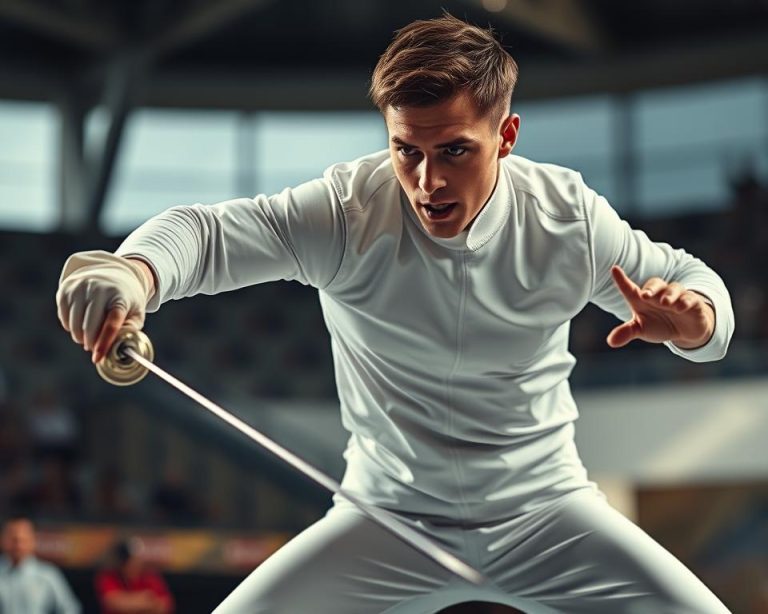
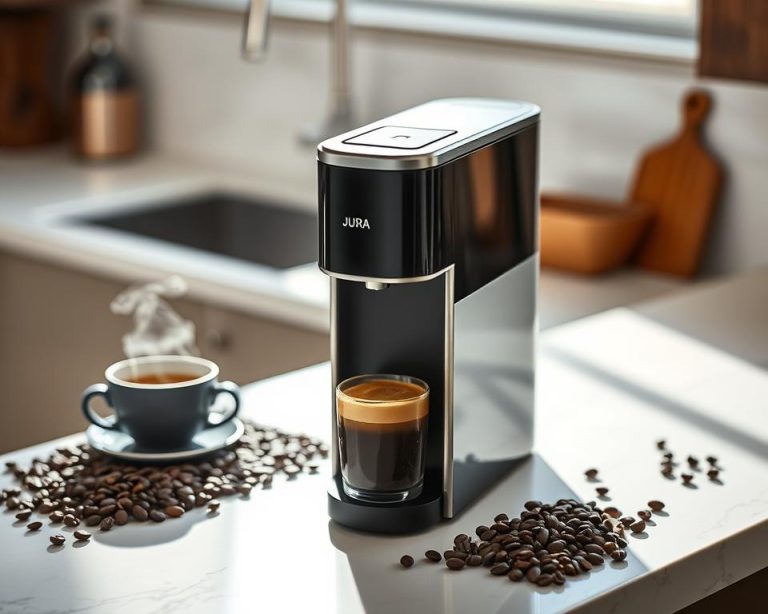

+ There are no comments
Add yours